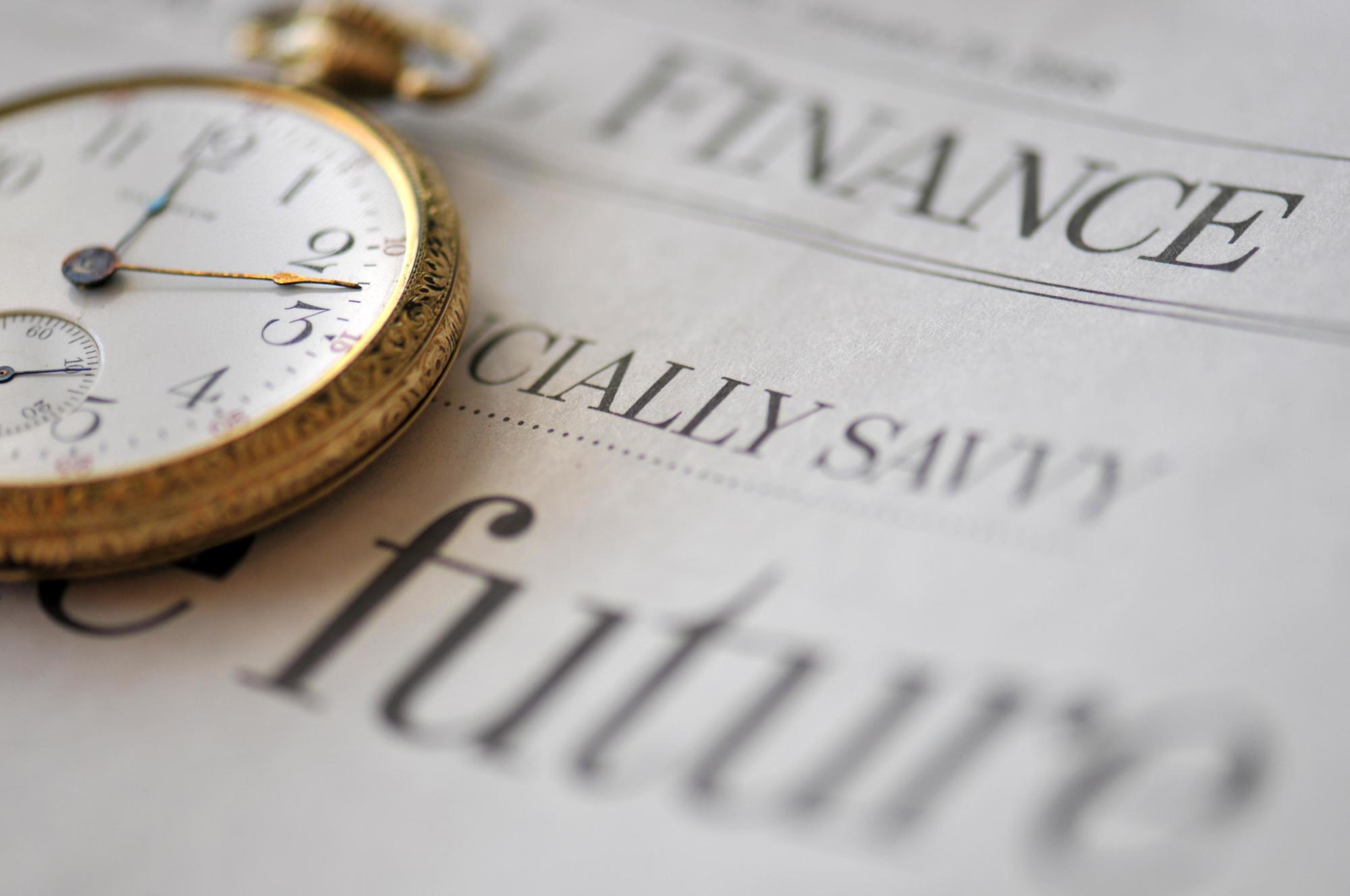
Article
Offshore wind: Clean energy from the sea
COFFEETABLE BOOK, 7 December 2014
Green Giraffe was one of the contributors to the book Offshore Wind: Clean energy from the sea published by Chris Westra. The book gives an overview of the different developments, technologies and offshore wind farms in Europe. Green Giraffe was invited to contribute as one off the important players in the market.
Offshore wind farms are large scale industrial projects and their cost run in the hundreds, or even billions of euros for the largest ones. Such projects have typically been funded by either « utilities » (large power companies like DONG) from their general revenues or by a combination of investors and banks providing dedicated financing for each individual project.
Offshore wind farms, like other renewable energy projects, should be looked at like infrastructure projects – a large upfront investment followed by many years of operation at a low cost. It means that the biggest component of the cost of electricity generated by such projects comes from the repayment over time of the initial investment – much like the reimbursement of a mortgage on a house – and it is naturally very sensitive to the interest rate at the moment of investment.
Compared to traditional power plants, like gas-fire power plants, where the cost of electricity is mainly driven by the price of gas over time, the economics of offshore wind farms are quite different – in particular, the cost of offshore wind electricity is fixed and will not change over the period of repayment of the investment, which is a very valuable feature in our world of rapidly changing energy prices.
Electricity cost estimates depend heavily on assumptions made. Given that offshore wind projects need to repay the upfront investment over a long period of time, predictable revenues are the best way to do that. Financing costs will be lower under schemes whereby projects get a fixed price, like the «feed-in tariffs » that exist in many European countries. Thus both the nature of the rules that apply to renewable energy projects and their stability over time have an influence on the cost of energy, almost as much as the price level itself.
In countries with a stable regulatory environment, both financial investors and banks are willing to provide funding at increasingly competitive rates, as they get more and more comfortable with the risk of building such big projects in the middle of the sea. Banks are typically willing to lend up to 70% of the cost of projects on a « non-recourse » basis, i.e. they get repaid only if the projects generate sufficient revenues. with no obligation for the project owners to pay the banks if the project fails to do so. Interest rates for such loans are currently in the 4-5% range over 15 years, while investors will expect a return of 8-12% for their share of the investment.
Naturally, offshore wind farms need to be insured, like any big industrial site, and insurance coverage is available during construction and operations, covering risks (and loss of revenue) associated with any accident, unusual weather conditions or other damage caused by an external cause.
The full book can be ordered here
